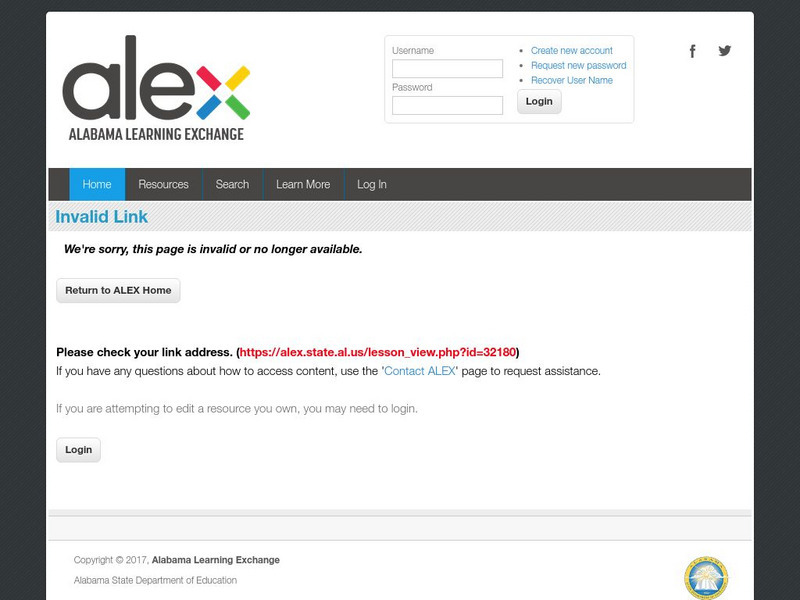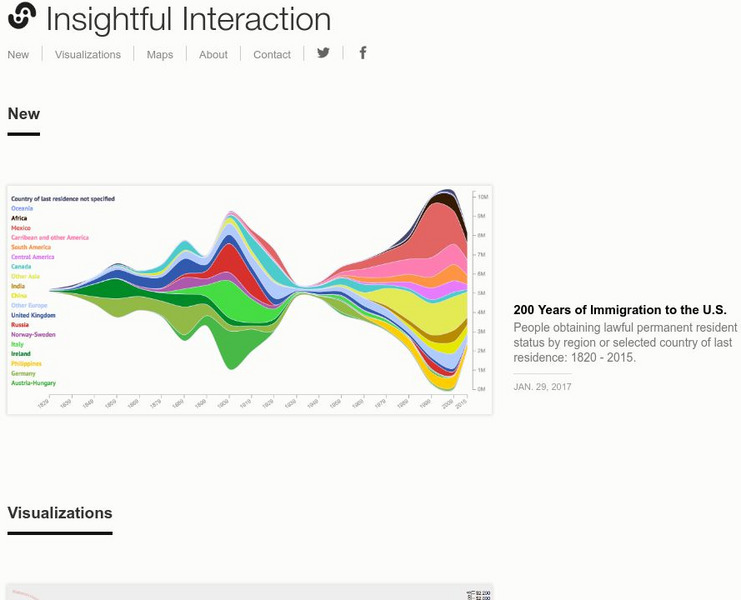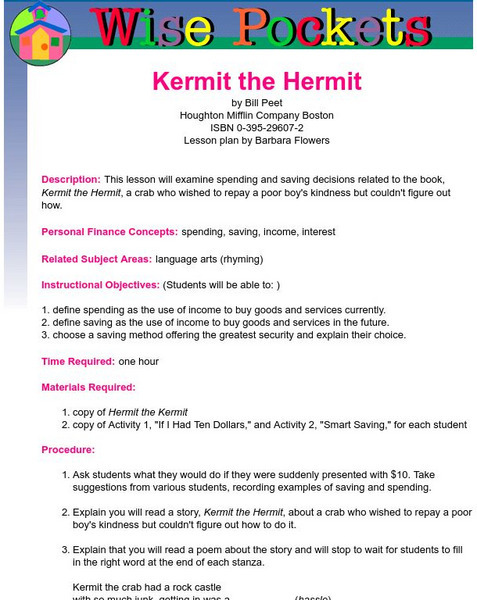Consumer Financial Protection Bureau
Consumer Financial Protection Bureau: Making Spending Decisions
Students practice a commonly used decision-making model called PACED to help make spending decisions.
Federal Trade Commission
Federal Trade Commission: Consumer: Prepaid Cards
Tips for using and choosing a prepaid card. Learn about and compare other ways to spend your money.
Econoclass
Econoclass: Spending and Output Strings
In this classroom activity, "output" cards and "spending" cards are placed on a string. As each increase or decrease, the economy faces more unemployment or inflation. A good visual device to study the relationships among output,...
Consumer Financial Protection Bureau
Consumer Financial Protection Bureau: Bouncing Ball Budgets
Through an interactive game, students share spending decisions they've made in the past and start to think about their spending habits in new ways.
Council for Economic Education
Econ Ed Link: We Are Consumers and Producers
This lesson plan is geared toward beginning economics concepts. "In this lesson you are going to learn more about how you and others are consumers and producers."
Other
The Mint: Take the Spending Challenge
This is an interactive game in which students are given an allowance and opportunities to spend money with friends They must make decisions on what to buy, whether to pay cash or with credit, or to save.
Other
Usa.gov: Consumer Guides and Protection
This page provides news and information to educate consumers. Covers a wide variety of topics of concern to consumers.
Federal Trade Commission
Federal Trade Commission: Consumer Information
The Federal Trade Commission has developed helpful investment articles and videos to assist consumers in making educated decisions about how they spend, manage and invest their money.
Practical Money Skills
Practical Money Skills: Prom Spending Survey Infographic
A new nationwide survey released by Visa Inc. shows that American households plan on spending a whopping $324 on promposals. Promposals have become significantly more extravagant in recent years and now represent in excess of one third...
University of Regina (Canada)
University of Regina: Math Central: Consumer Wise
This unit teaches students how to become a wise consumer. Some of the topics discussed are income, budgeting, credit, saving, and loans. Five different activities include objectives, worksheets, evaluations, and resources.
Alabama Learning Exchange
Alex: Becoming a Wise Consumer: Comparison Shopping
For this introductory lesson to money management for teens, middle schoolers will use everyday math skills to comparison shop a variety of products. Students will learn several ways to save money, including using store discounts,...
Practical Money Skills
Practical Money Skills: Lunch Spending Survey Infographic
According to the results of a new survey commissioned by Visa, respondents reported spending an average of $53 per week on lunch. Overall, the most popular spot to eat lunch was at home (42%), and full-time employees tended to stick...
C3 Teachers
C3 Teachers: Inquiries: Economic Choices
A learning module on choices people make with their money. It includes several supporting questions accompanied by formative tasks and source materials, followed by a summative performance task. Students will learn how families get...
US Department of Labor
Bureau of Labor Statistics: Consumer Price Index
Extensive information about the Consumer Price Index. Constantly updated.
Federal Trade Commission
Federal Trade Commission: Consumer: Making a Budget
Learn all about budgeting including saving money and how to make and use a budget. Includes examples.
Consumer Financial Protection Bureau
Consumer Financial Protection Bureau: Choosing the Best Cell Phone Plan for You
Young scholars research the features and costs of cell phones and cell phone plans and use a decision matrix to compare options and determine the best one for their needs, wants, and budget.
University of Missouri
University of Missouri: Wise Pockets: Berenstain Bears' Trouble With Money
Using a Berenstain Bears' book, learners are introduced to concepts such as spending, goods, services, income, saving, and interest. Lesson is detailed and has good activities. Includes questions about the story that teach students about...
Federal Trade Commission
Federal Trade Commission: You Are Here
In this interactive mall environment, students learn how to make smart decisions as consumers. Whether shopping for clothes, choosing the best food deal, searching for a job or buying a cellphone, students will learn how to recognize...
Other
Insightful Interaction: Visualizations
A collection of interactive visualizations that were produced through analysis of economic, political, and market research data. Topics are diverse, e.g., military spending and trade, immigration, consumer spending, crime, unemployment,...
University of Missouri
University of Missouri St. Louis:wise Pockets: Kermit the Hermit
This is an elementary level lesson that deals with spending, saving, income, and interest. Requires the book Kermit the Hermit by Bill Peet. Includes detailed lesson plan along with procedures and activities.
Federal Trade Commission
Federal Trade Commission: Consumer: Buying and Using Phone Cards
Tips for buying and using a prepaid phone card.
Federal Trade Commission
Federal Trade Commission: Consumer: Saving Money When You Shop
Learn how to save money when you shop. Tips for using coupons and how to find a good deal.
Other
Junior Achievement: Save Usa Interactive Lessons
Interactive money management lessons teach about spending, saving money, financial responsibility, credit, and financial planning.
Consumer Financial Protection Bureau
Consumer Financial Protection Bureau: Understanding Prepaid Cards
Young scholars play a game and answer questions to learn about prepaid cards and explore whether they'd consider using them.













